Read and learn about Stonehenge and White Cliffs of Dover.
(Lasi un mācies par Stounhendžu un Duvras Baltajām klintīm!)
- Stonehenge
Stonehenge is a prehistoric monument in Wiltshire, 3 kilometres west of Amesbury, in the southwest of England. It consists of a ring of standing stones, each around 4 metres high, 2.1 metres wide, and weighing around 25 tons.
Archaeologists believe it was constructed from 3000 BC to 2000 BC and it was been used as a worship place for ancient people. It is seen nowadays as well, especially at summer solstice (midsummer), when the sun rises and it has been see through the stone circle.
Stonehenge was produced by a culture that left no written records. Many aspects of Stonehenge, such as how it was built and which purposes it was used for, remain subject to debate. A number of myths surround the stones.
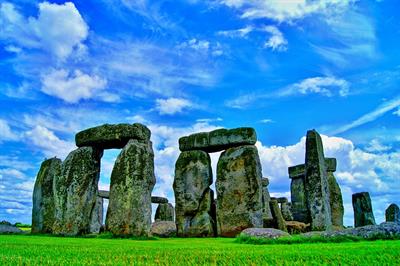
Stonehenge — [ˌstəʊnˈhendʒ] — Stounhendža
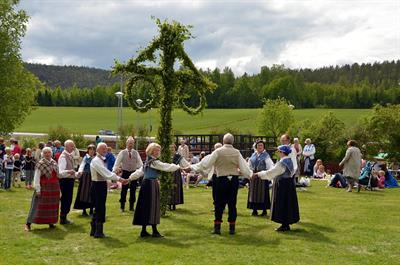
solstice — [ˈsɒl.stɪs] — saulgrieži
midsummer — [ˌmɪdˈsʌm.ər] — vasaras vidus, vasaras saulgrieži
- Heel Stone
The most popular stone in the circle is Heel Stone because the sun rises just above it at summer solstice. and people take photos of it.
- The legend about Heel Stone
The Devil bought the stones from a woman in Ireland, wrapped them up, and brought them to Salisbury plain. One of the stones fell into the Avon, the rest were carried to the plain. The Devil then cried out, "No-one will ever find out how these stones came here!" A friar replied, "That’s what you think!", whereupon the Devil threw one of the stones at him and struck him on the heel. The stone stuck in the ground and is still there.
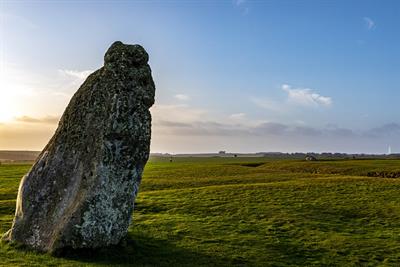
Heel Stone — [ˈhiːlˌstəʊn] — Akmens Papēdis
- The White Cliffs of Dover
The White Cliffs of Dover are the most famous symbol of the Channel port in Kent. They are recognizable landmark to those approaching the port of Dover from the English Channel. But not only people on the sea can wonder in their beauty. Thousands of people walk on the cliff’s top paths during the season and enjoy the unique flora and fauna that can be found only here. The cliffs are a symbol for Britons everywhere.
Officially designated an Icon of Britain and recognized throughout the world, they have been seen by the nation as a sign of security, inspiration, hope and freedom for centuries.
But the cliffs are not only important for the UK. They are world famous. The soft, white chalk is rare geologically; it is a very pure form of limestone. The White Cliffs of Dover are England’s most spectacular natural feature.
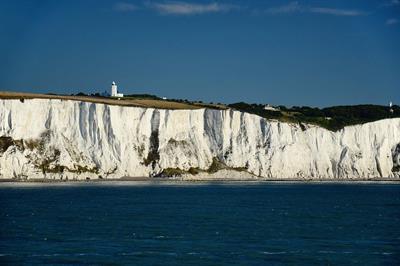
the White Cliffs of Dover — [ˈwaɪtˌklɪfs] — Baltās (Duvras) klintis
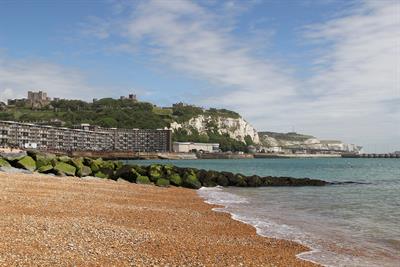
Dover — [ˈdoʊvər] — Duvra

chalk — [tʃɔːk] — krīts
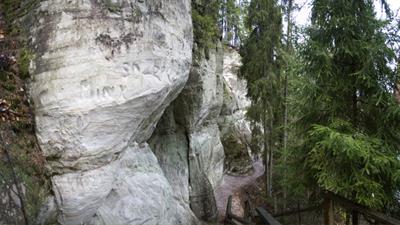
limestone — [ˈlaɪm.stəʊ] — kaļķakmens
Atsauce:
http://www.whitecliffsofdover.co.uk/
https://www.english-heritage.org.uk/visit/places/stonehenge/